The television industry was ripe for disruption ten years ago. Consumers were fed up with pricey cable bundles and clunky boxes, streaming was catching fire, and Apple was hunting for its next big category. Apple has spent over three decades flirting with the television business, and 2015 felt like the moment to finally crack it. The company had already reinvented phones and tablets, surely the living room was next, right?
Here is what makes the story stick. Apple launched what looked like a clear vision for TV, then ran into the hard truth that even giants have limits when they step into entrenched markets. The confident walk turned into a long trek, a lesson in persistence and strategic pivots, and a window into how Apple approaches messy categories like media.
The ambitious launch that didn't quite land
Apple’s timing looked ideal when it reengaged the TV market a decade ago. The television industry was facing growing dissatisfaction with traditional cable packages and the rise of online streaming, a classic setup for a shake-up. CEO Tim Cook knew that Apple needed to continue innovating in new product areas to maintain momentum, and TV seemed like the next logical stop.
On paper, Apple had the goods. The brand was on a tear, the ecosystem was humming, and the company had reached historic valuation milestones, becoming the first public U.S. company to exceed $1 trillion in 2018. Consumers were clearly ready for better experiences in the living room.
Reality had other ideas. The issue was not Apple’s technical chops or market visibility. Television plays by different rules. Viewing habits are stubborn, content licensing is a maze, and buyers expect cheaper hardware that lasts for years.
By 2015, Apple had sold twenty-five million units of Apple TV. Strong by most standards, modest by Apple’s. The trendline hinted that premium polish and ecosystem glue would not, by themselves, overturn the living room like they did mobile.
Hardware evolution meets market realities
Even with headwinds, Apple kept tuning the box. The Apple TV hardware itself has rarely been the problem. Iterations brought serious horsepower and polish. The 2022 Apple TV box featured an A15 chip, 4K HDR, Dolby Vision, and seamless integration with Apple's services. Smart home chops improved too, with Thread support for smart-home control added later.
The current device shows a more cautious posture. The third generation of the 4K hardware has been on the market since autumn 2022 and now features outdated internals, with the A15 Bionic appearing in September 2021 along with the iPhone 13. Cost control is obvious; the SoC has only five CPU cores with one high-performance core deactivated by Apple, plus five GPU cores, a sensible choice if you are watching the bill of materials.
More telling, the cadence slowed down. Apple just wrapped up the longest development cycle in Apple TV history—three years without a single hardware update. For a company famous for annual refreshes in core lines, that gap reads as resource triage or a rethink of where Apple TV sits in the lineup.
Market position reality check
The scoreboard spells out the challenge. By 2022, Strategy Analytics put tvOS in just 10 million U.S. households, representing only 8% of the market. Parks Associates estimated Apple TV at roughly 10% market share, while Apple TV doesn't even appear in the latest survey by Hub Entertainment Research.
Expectations were higher. Loup Ventures estimated 53 million active Apple TV devices in 2019, yet growth cooled after that. It looks like Apple saturated its loyal, premium-first base without breaking into the larger price-sensitive crowd.
The competition makes that tough. Apple TV 4K runs virtually every app available and delivers 4K HDR performance. Still, many shoppers grab a thirty-dollar stick that plays the same shows. When content access feels interchangeable, why pay more?
Software gaps do not help. tvOS needs significant attention. It still lacks a proper grid guide with support for aggregating streaming channels from all installed apps, a basic feature people associate with TV.
The streaming service pivot strategy
Faced with hardware limits, Apple leaned into content and services. What caught Apple's attention in 2016-17 was the boom in the video streaming market, which led to Apple TV+. The move targeted two fronts at once. Dwinding iPhone sales in 2016 had compelled Apple to seek alternative revenue streams, and streaming extended the ecosystem beyond devices.
The play worked on its own terms. Apple TV+ has steadily built its content pipeline since launch in 2019, growing from just eight original titles at launch to a steady cadence of buzzy hits. Recent attention around the return of Severance for Season 2, which premiered in January 2025, shows the engine is humming.
Here is the twist. Even with a US library that is nearly 4,000% smaller than Netflix's, Apple TV+ ranks third in original demand share at 8.8%, trailing just Amazon Prime Video (9.4%) and Netflix (36.2%). Fewer shows, strong pull. Quality can carry weight.
Momentum is visible in the numbers. Apple TV+ experienced two of its strongest quarters of gross subscriber sign-up activity in the US during Q3 and Q4 2024. Good stories still move the needle, even in a crowded field.
What's next for Apple's TV ambitions?
Apple seems ready for another push. New Apple TV hardware is expected later this year after an unprecedented three-year development cycle, a hint that bigger changes are coming.
The silicon jump could be hefty. Apple could upgrade to the A17 Pro from the iPhone 15 Pro, or go newer still, with processing power potentially jumping dramatically with A18-class silicon integration. That would enable Apple Intelligence features for the first time, which Apple wants to give to its voice assistant Siri next year. A smarter couch companion, finally.
The real curveball is a camera. tvOS 26 beta code reveals built-in camera support for upcoming hardware, opening the door to FaceTime video calls, gesture controls, room occupancy detection, and security monitoring. That shifts Apple TV from a commodity streamer to a hub for how you live in the room.
The smart home angle may be the unlock. Smart home hub capabilities are set for major expansion beyond basic HomeKit support, which positions Apple TV as the control center, not just another HDMI input fighting for attention.
Ten years later: lessons from the living room
A decade on, the lesson is clear. Television is a different beast from mobile. Contracts and habits get in the way, and price points matter. Gorgeous hardware alone cannot bulldoze those walls.
Still, the pivot paid off in learning and leverage. Apple reframed the opportunity around service value, then widened the gates where needed. Apple TV+ continues to broaden its operations outside of Apple's operating system, launching an Android version in February 2025. Reach over rigidity when the market demands it.
The coming hardware suggests Apple is not done; it is just aiming differently. Market timing now aligns with broader smart home adoption, with camera-equipped streaming devices becoming more viable in 2025 than during the first push. Maybe the quiet three-year gap was what it took to build something meaningfully distinct.
Looking ahead, the strategy seems less about winning the streaming stick war and more about defining a new lane, the intelligent living room hub backed by premium content. Will that finally land the punch Apple wanted a decade ago? I think the pieces line up better now, but TV has a way of humbling even the best. The bet is bolder, the scope is wider, and the lesson stands, adapt, or get stuck on the input selector.




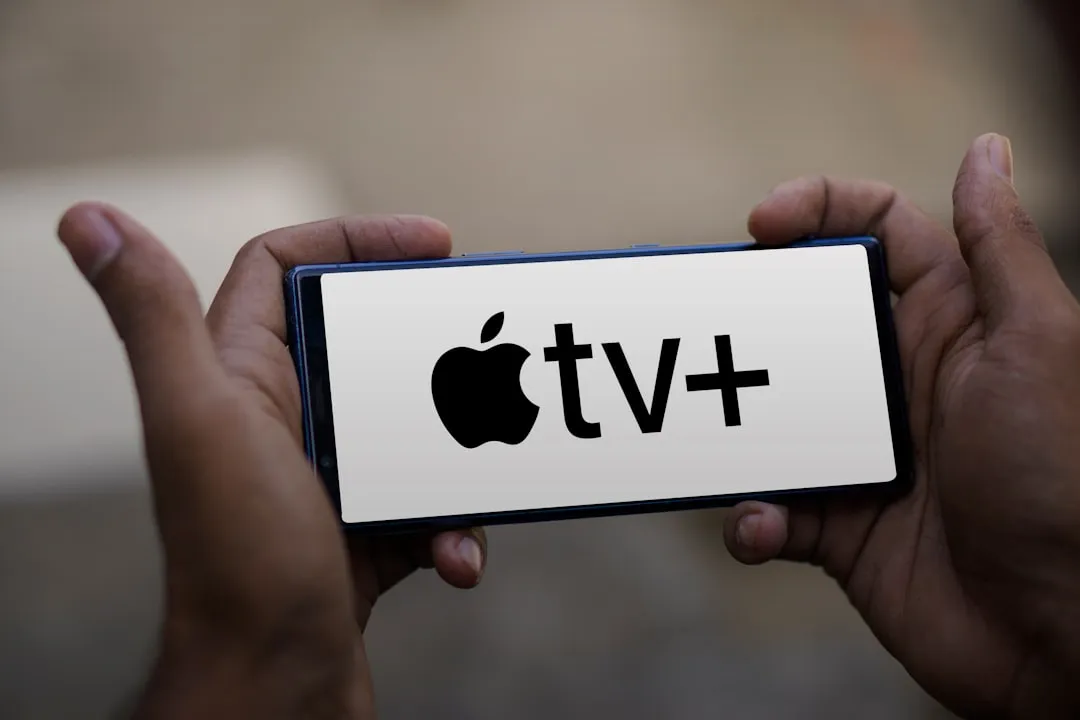
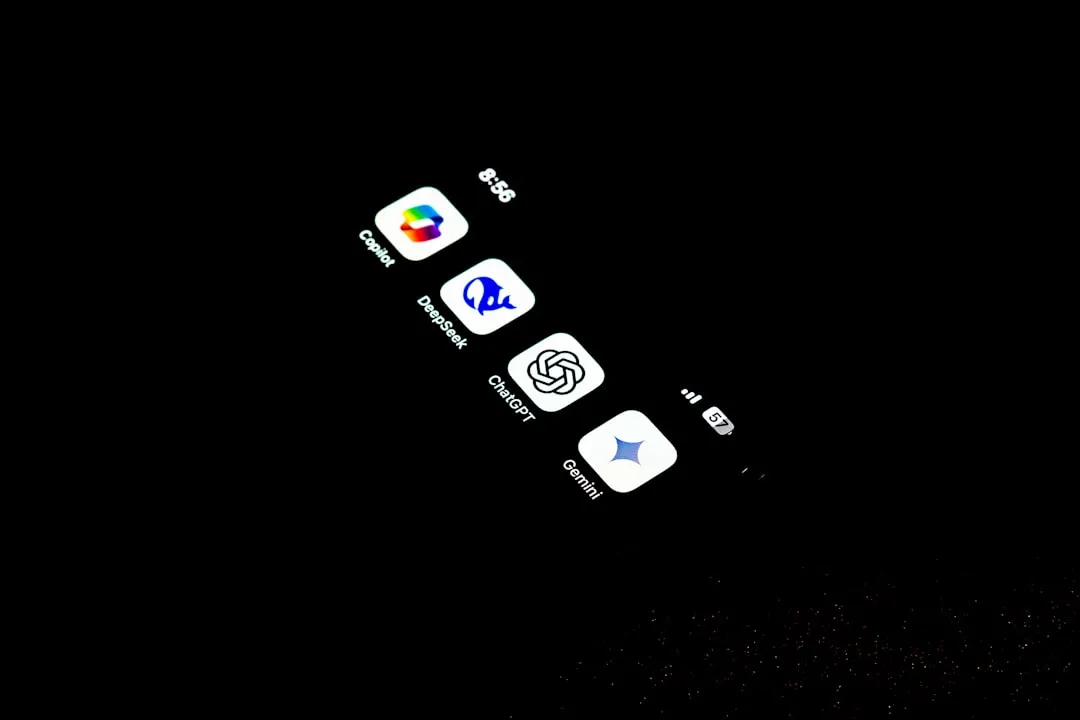
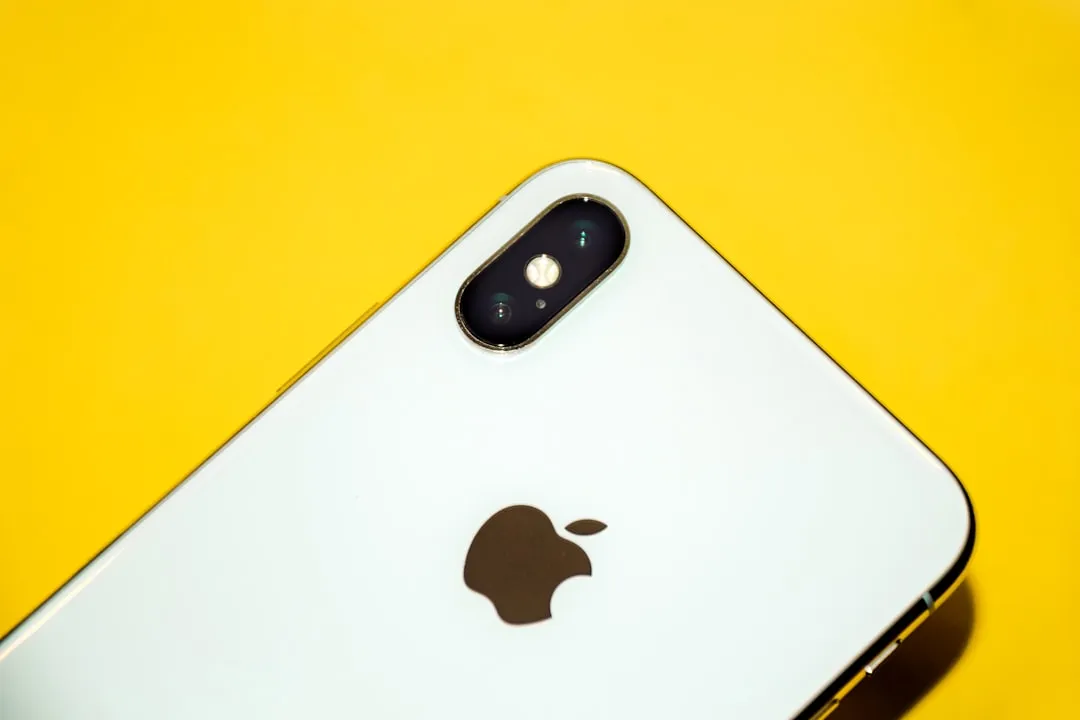


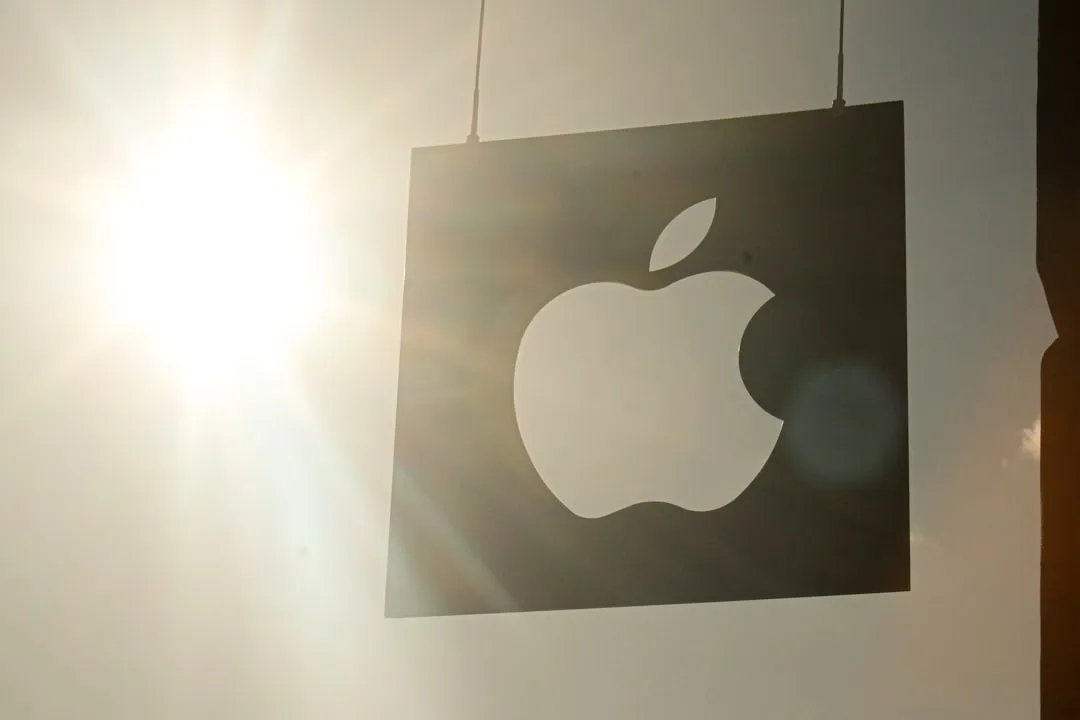
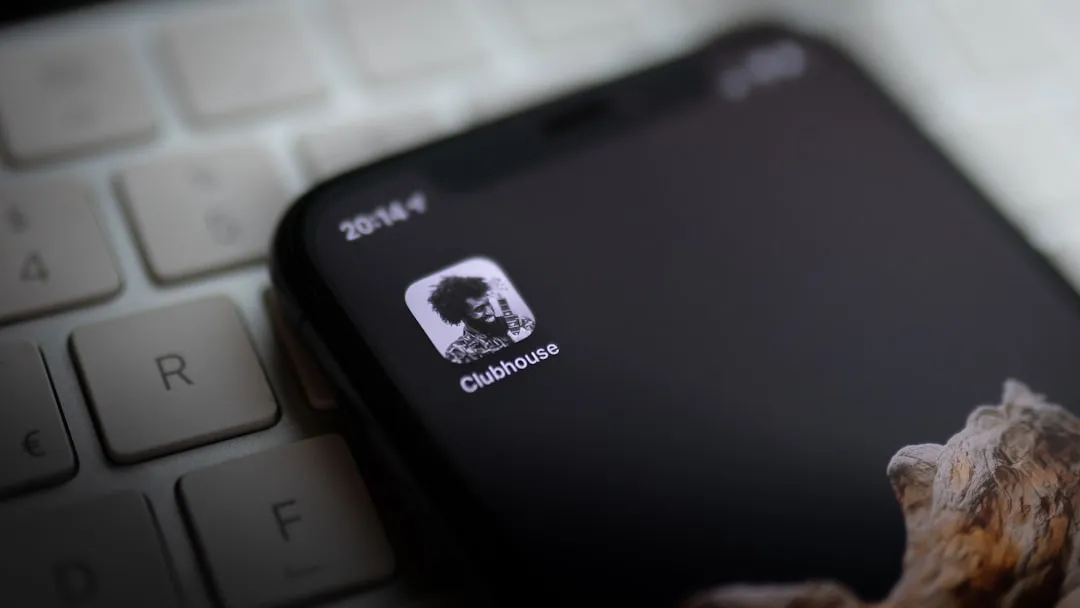
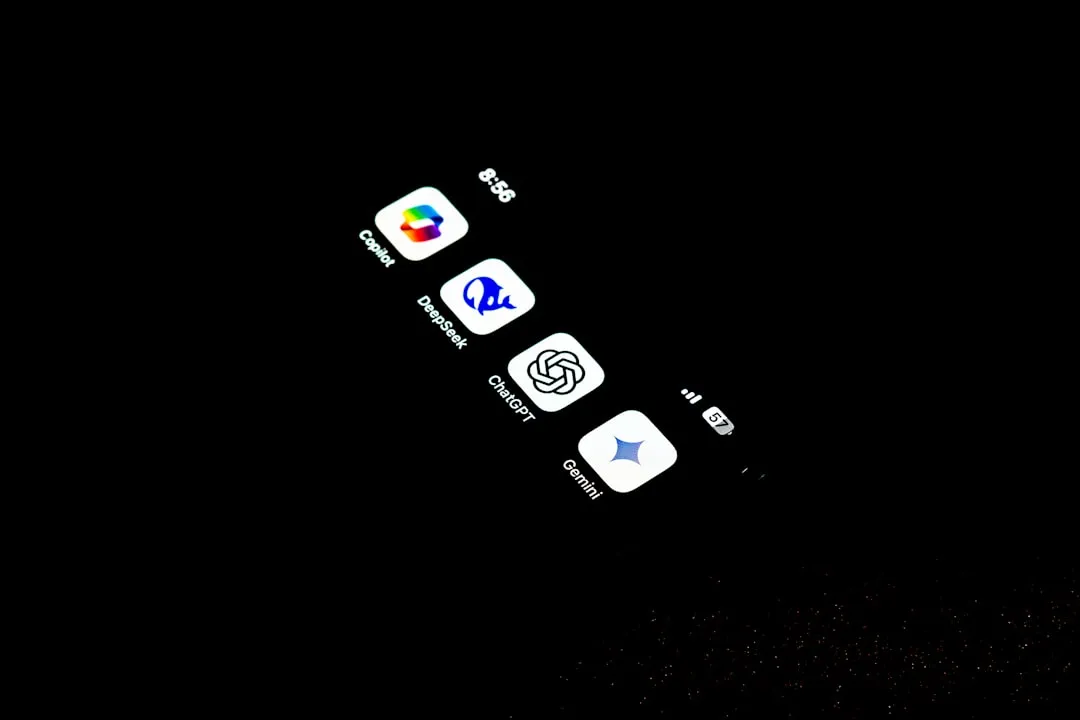
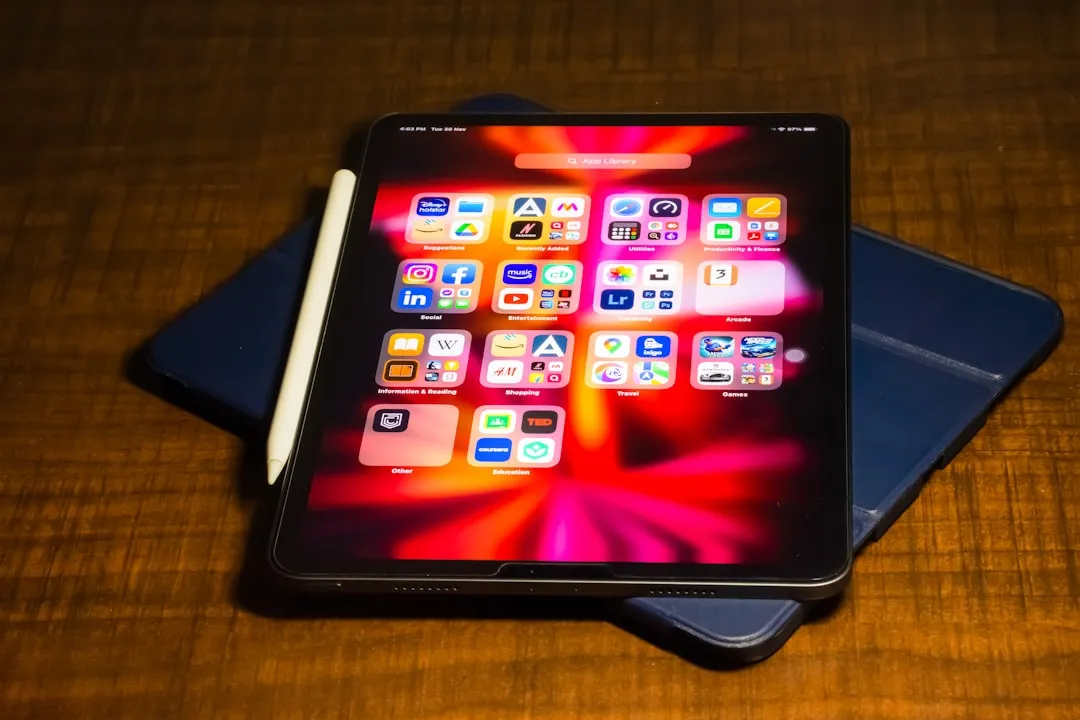
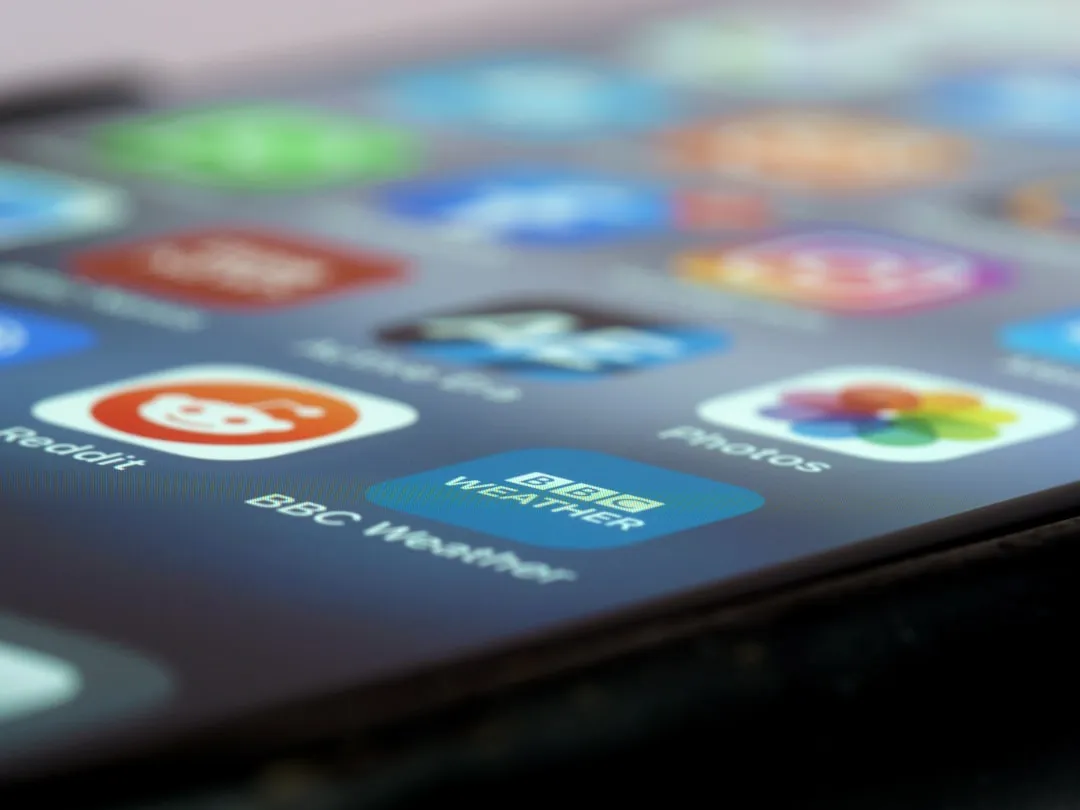
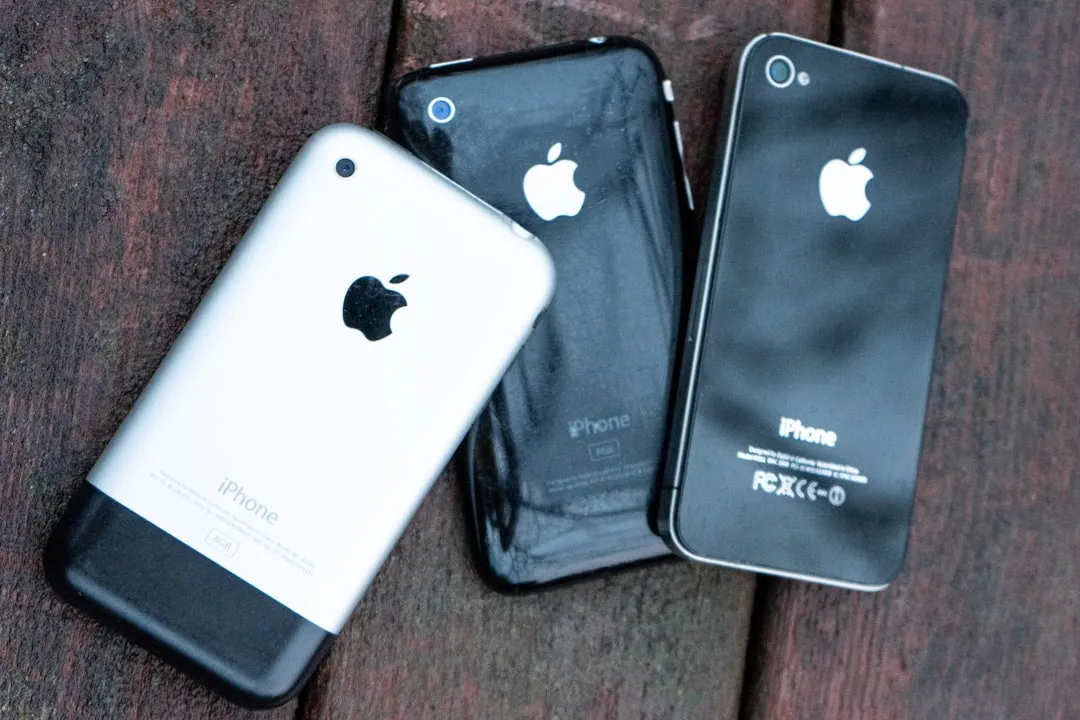

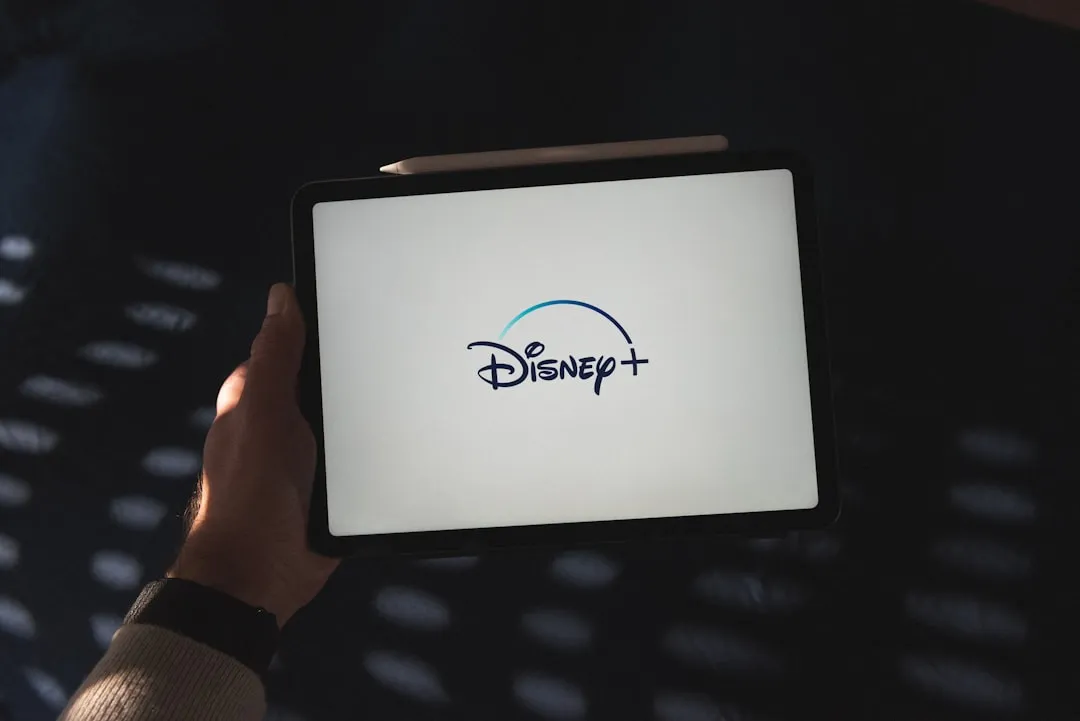
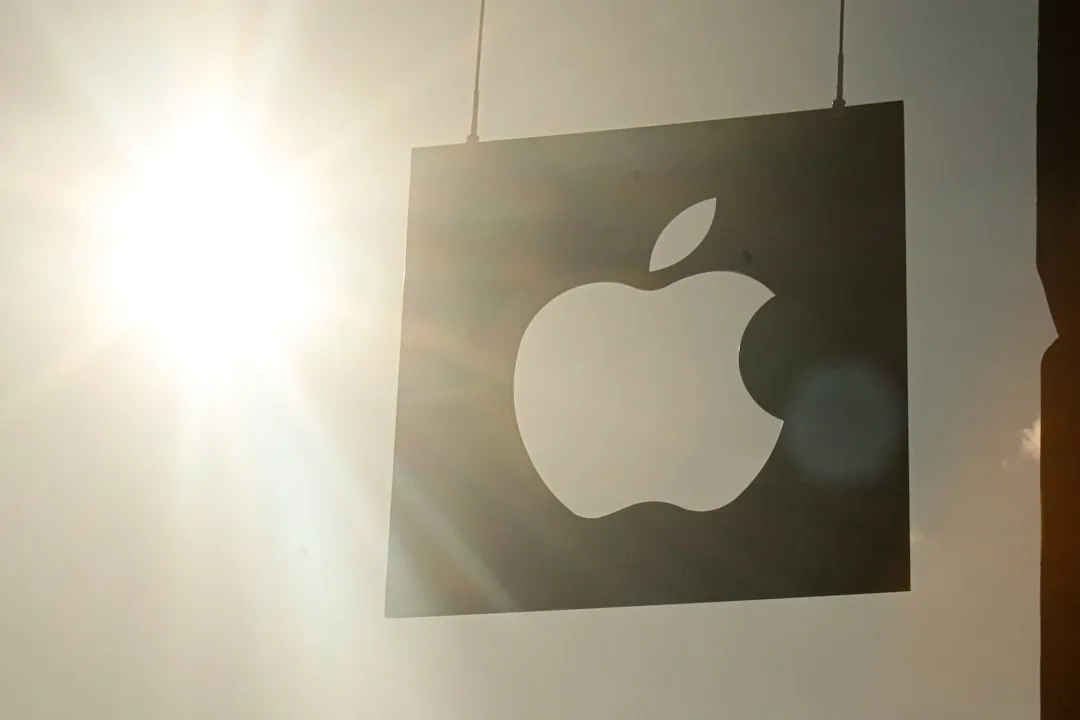
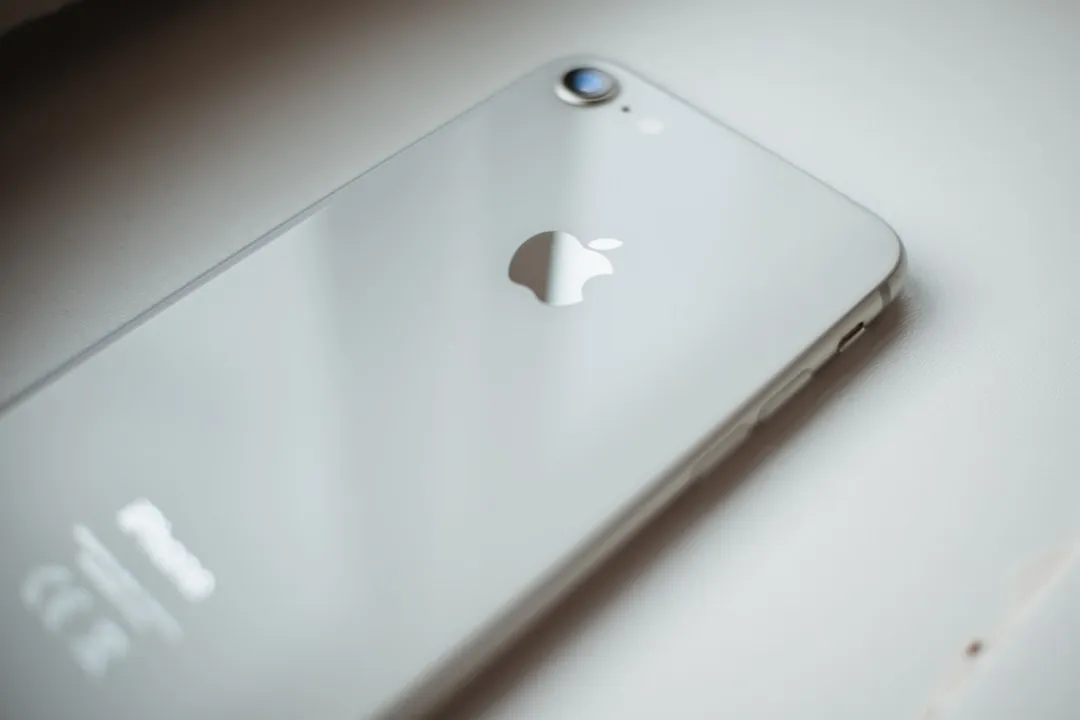
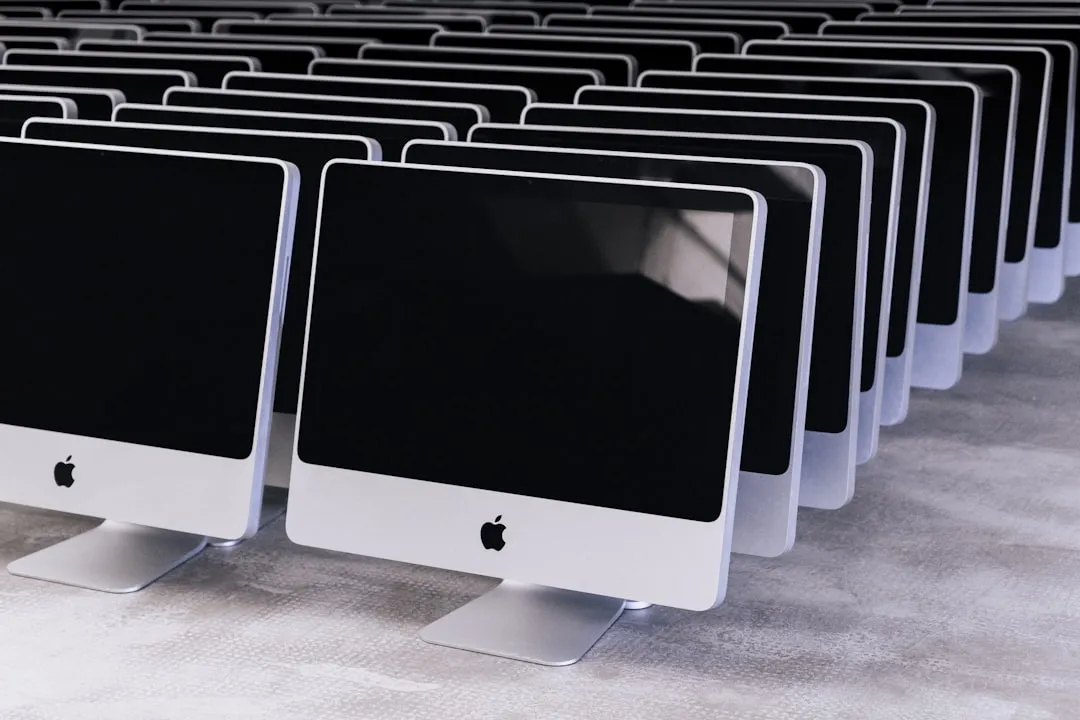
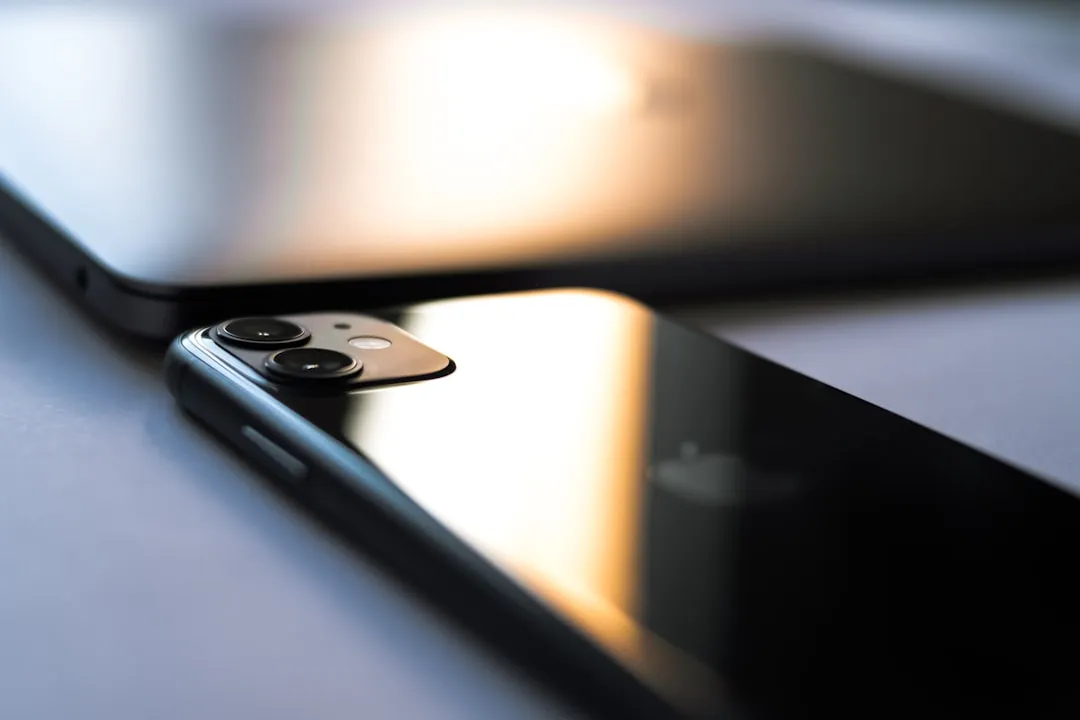
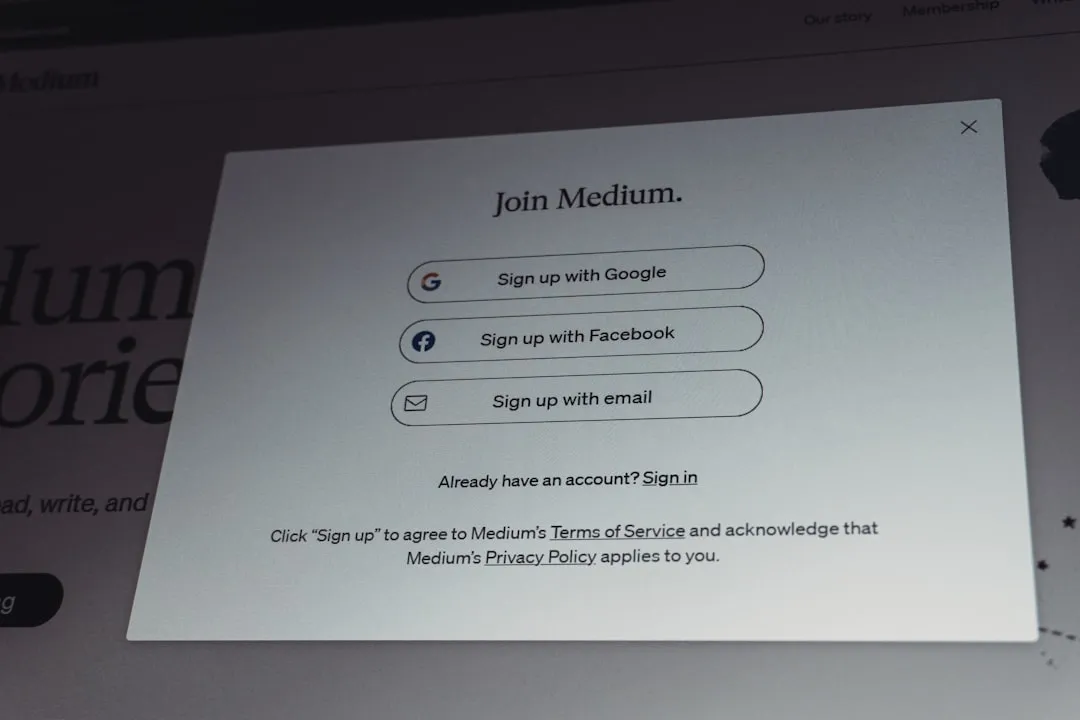
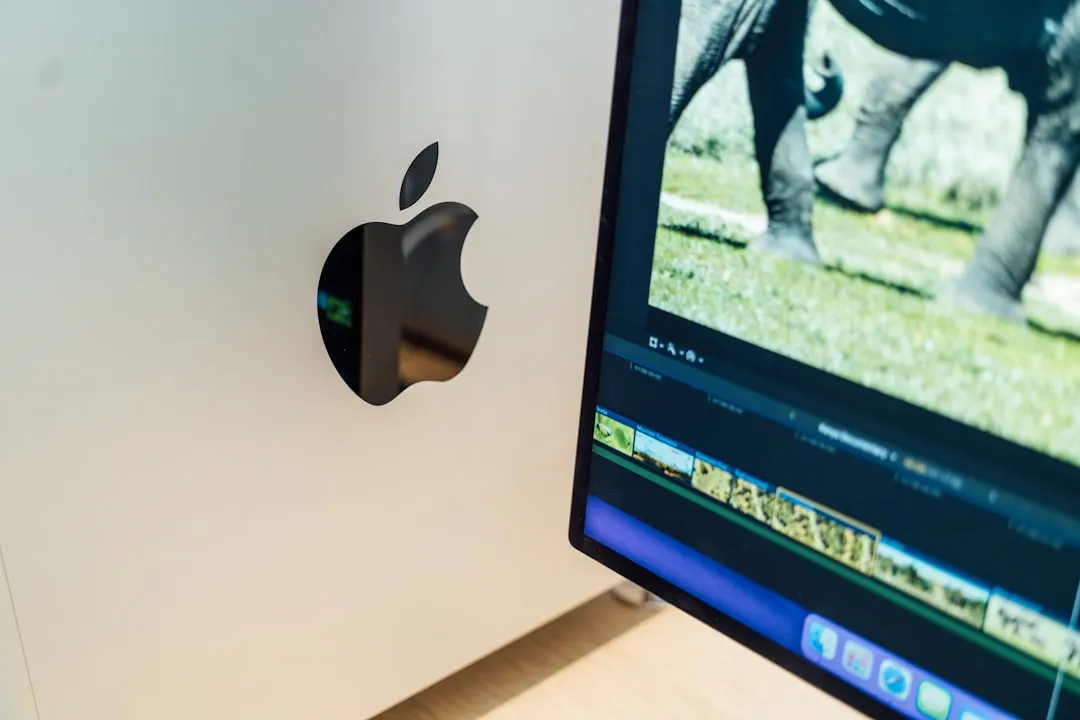
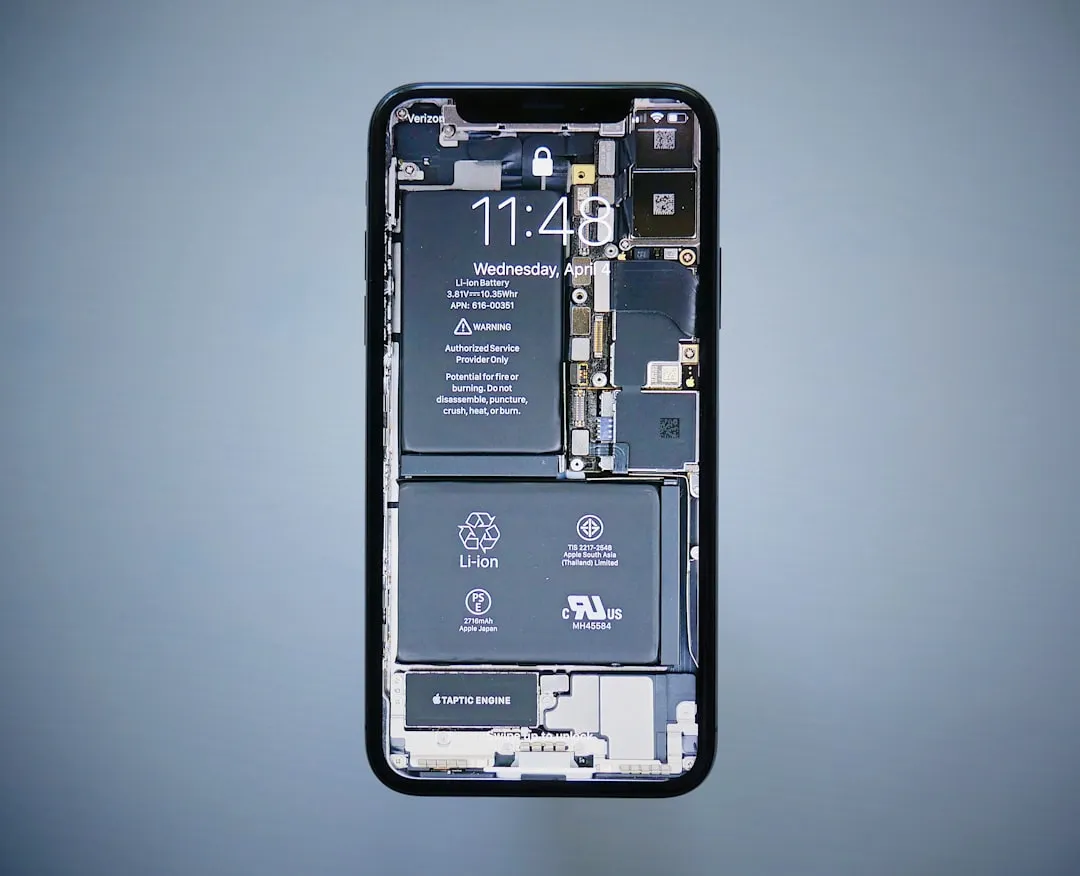

Comments
Be the first, drop a comment!